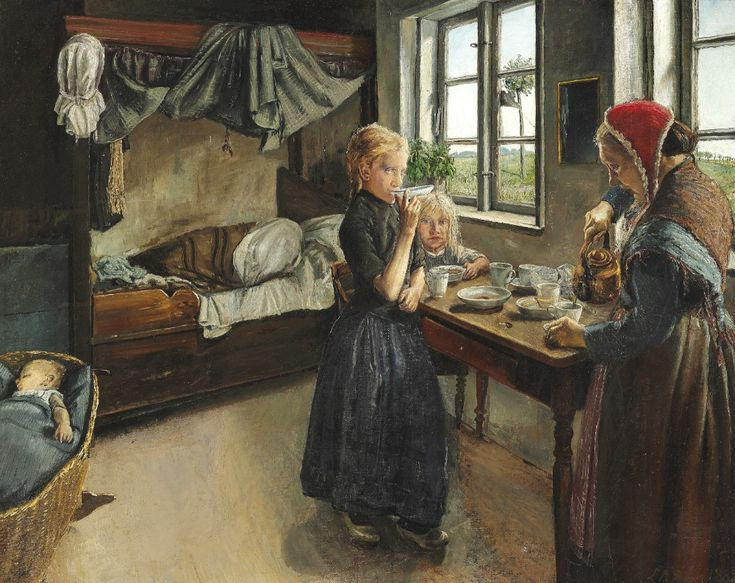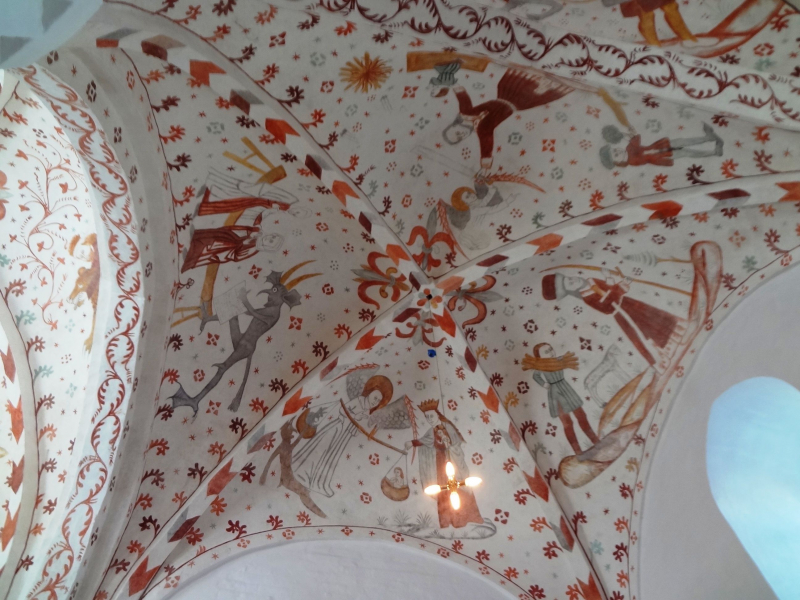Danish Art
The visual arts created in Denmark or by Danish artists are referred to as Danish art. With notable 2nd century BC relics like the Trundholm sun chariot, it dates back thousands of years. It is typically seen as a component of Scandinavia's larger Nordic art during many early times. Next to Norse and Viking art, the Nordic Bronze Age includes artwork from what is now Denmark.
Church frescoes, such as those created by the 16th-century artist known as the Elmelunde Master, are the primary source of information about Danish medieval painting. The existing group of painters and sculptors was left without significant markets as a result of the Reformation, which significantly disturbed Danish aesthetic traditions. Danish contemporary art produces a lot of artwork per person as a result of generous art subsidies.
Denmark has been relatively successful in preserving its art, despite generally not being a major center for the production or export of art. In particular, due to the relatively mild nature of the Danish Reformation and the absence of extensive church rebuilding and redecoration that followed, Denmark, along with other Scandinavian countries, has an unusually high survival rate of medieval church paintings and furnishings. Viking art was one time when Nordic art had a significant impact on the rest of northern Europe. Many examples of Viking art still exist today, including modern artifacts and unaltered stone monuments scattered over the countryside.








